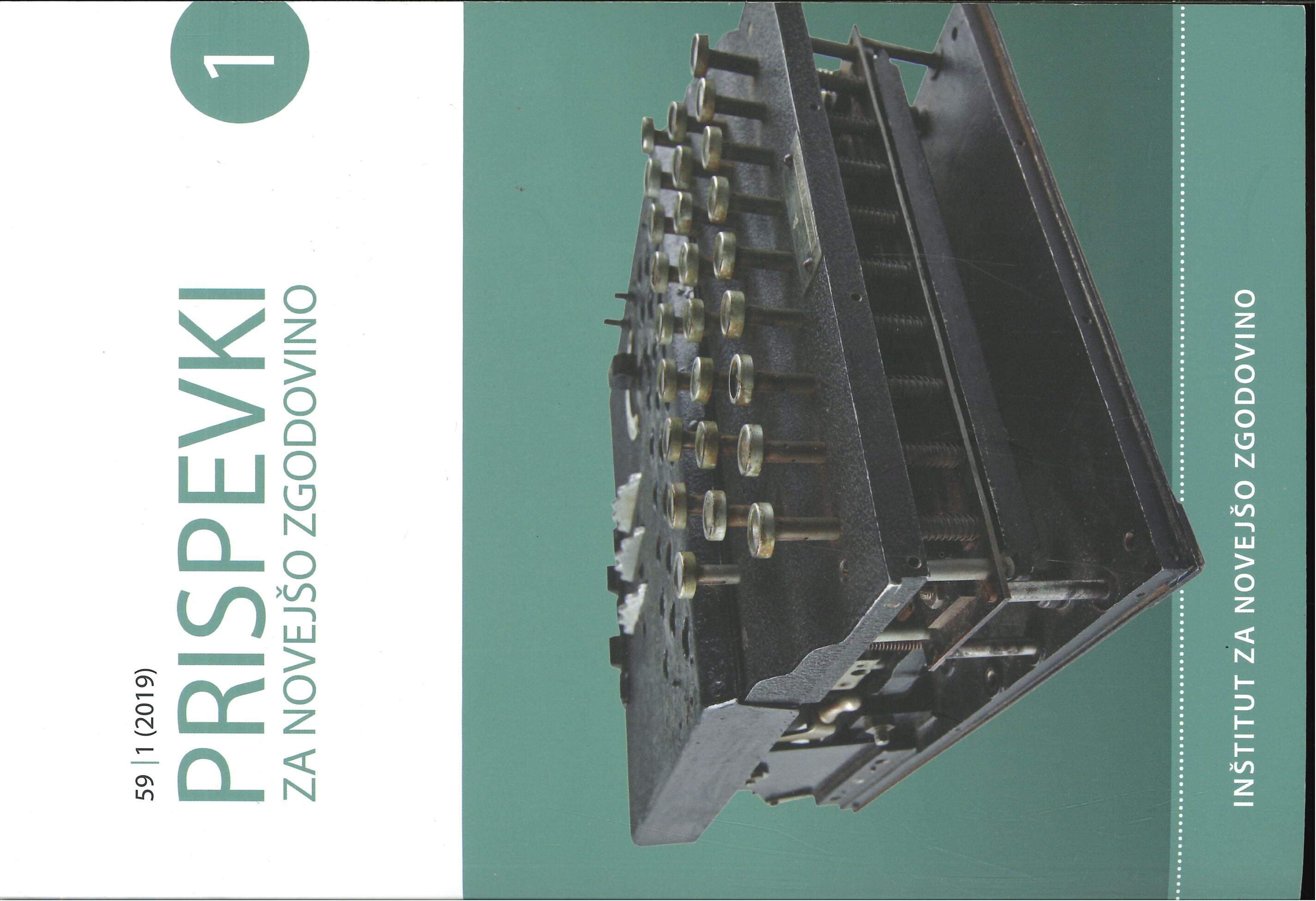You, thou and thee
A statistical analysis of Shakespeare's use of pronominal address terms
DOI:
https://doi.org/10.51663/pnz.59.1.02Keywords:
Shakespeare, corpus linguistics, digital humanities, statistical modelling, pronominal address termsAbstract
This study creates a prediction model to identify which linguistic and extra-linguistic features influence pronoun choices in the plays of Shakespeare. In the English of Shakespeare’s time, the now-archaic distinction between you and thou persisted, and is usually reported as being determined by relative social status and personal closeness of speaker and addressee. But it remains to be determined whether statistical machine learning will support this traditional explanation. 23 features are investigated, having been selected from multiple linguistic areas, such as pragmatics, sociolinguistics and conversation analysis. The three algorithms used, Naive Bayes, decision tree and support vector machine, are selected as illustrative of a range of possible models in light of their contrasting assumptions and learning biases. Two predictions are performed, firstly on a binary (you/thou) distinction and then on a trinary (you/thou/thee) distinction. Of the three algorithms, the support vector machine models score best. The features identified as the best predictors of pronoun choice are the words in the direct linguistic context. Several other features are also shown to influence the pronoun prediction, including the names of the speaker and addressee, the status differential, and positive and negative sentiment.
References
Bate, Jonathan, and Eric Rasmussen, eds. 2007. William Shakespeare: Complete works. London: The Royal Shakespeare Company.
Brown, Roger W., and Albert Gilman. 1960. “The pronouns of power and solidarity.” In Style in language, edited by Thomas A. Sebeok, 253-76. Cambridge: MIT Press.
Busse, Beatrix. 2006. Vocative constructions in the language of Shakespeare. Amsterdam: John Benjamins.
Busse, Ulrich. 2003. “The co-occurrence of nominal and pronominal address forms in the Shakespeare Corpus: Who says thou or you to whom?”, in Diachronic perspectives on address term systems, edited by Irma Taavitsainen and Andreas H. Jucker, 193-221. Amsterdam: John Benjamins.
Busse, Ulrich. 2002. The function of linguistic variation in the Shakespeare corpus: A corpus-based study of the morpho-syntactic variability of the address pronouns and their socio-historical and pragmatic implications. Amsterdam: John Benjamins.
Calvo, Clara. 1992. “Pronouns of address and social negotiation in As You Like It.” In Language and Literature, Vol. 1(1), 5-27. London: Longman Group UK Ltd.
Greenblatt, Stephen, Walter Cohen, Jean E. Howard, and Katherine E. Maus. 1997. The Norton Shakespeare: Based on the Oxford edition. New York: W.W. Norton & Company, Inc.
Mazeland, Harrie. 2003. Inleiding in de conversatieanalyse. Bussum: Coutinho bv.
Mazzon, Gabriella. 2003. “Pronouns and nominal address in Shakespearean English: A socio-affective marking system in transition.” In Diachronic perspectives on address term systems, edited by Irma Taavitsainen and Andreas H. Jucker, 223-49. Amsterdam: John Benjamins.
Quennell, Peter, and Hamish Johnson. 2002. Who’s who in Shakespeare. London: Routledge.
Quirk, Randolph. 1974. “Shakespeare and the English language.” In The linguist and the English language, edited by R. Quirk, 46-64. London: Edward Arnold.
Stein, Dieter. 2003. “Pronomial usage in Shakespeare: Between sociolinguistics and conversation analysis.” In Diachronic perspectives on address term systems, edited by Irma Taavitsainen and Andreas H. Jucker, 251-307. Amsterdam: John Benjamins.
Taavitsainen, Irma, and Andreas H. Jucker. 2003. “Introduction.” In Diachronic perspectives on address term systems, edited by Irma Taavitsainen and Andreas H. Jucker, 1-25. Amsterdam: John Benjamins.
Thelwall, Mike, Kevan Buckley, Georgious Paltoglou, Di Cai, and Arvid Kappas. 2010. “Sentiment strength detection in short informal text.” Journal of the American Society for Information Science and Technology, 61(12): 2544-58. https://doi.org/10.1002/asi.21416.
Walker, Terry. 2003. “You and thou in Early Modern English dialogues: Patterns of usage.” In Diachronic perspectives on address term systems, edited by Irma Taavitsainen and Andreas H. Jucker, 309-42. Amsterdam: John Benjamins.
Published
Issue
Section
License
Authors who publish with this journal agree to the following terms:
- Authors retain copyright and grant the journal right of first publication with the work simultaneously licensed under a Creative Commons Attribution License that allows others to share the work with an acknowledgement of the work's authorship and initial publication in this journal.
- Authors are able to enter into separate, additional contractual arrangements for the non-exclusive distribution of the journal's published version of the work (e.g., post it to an institutional repository or publish it in a book), with an acknowledgement of its initial publication in this journal.
- Authors are permitted and encouraged to post their work online (e.g., in institutional repositories or on their website) prior to and during the submission process, as it can lead to productive exchanges, as well as earlier and greater citation of published work (See The Effect of Open Access).


